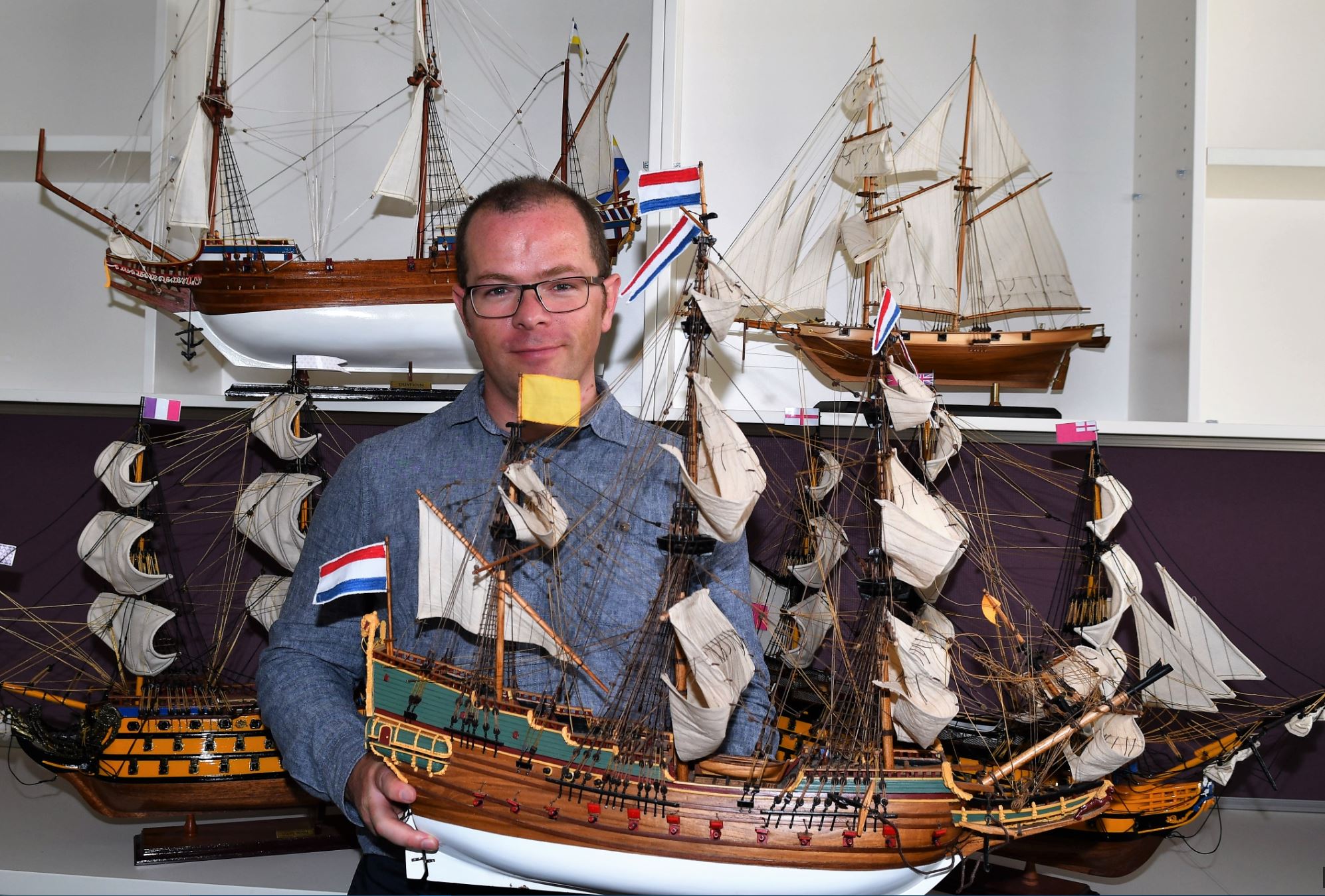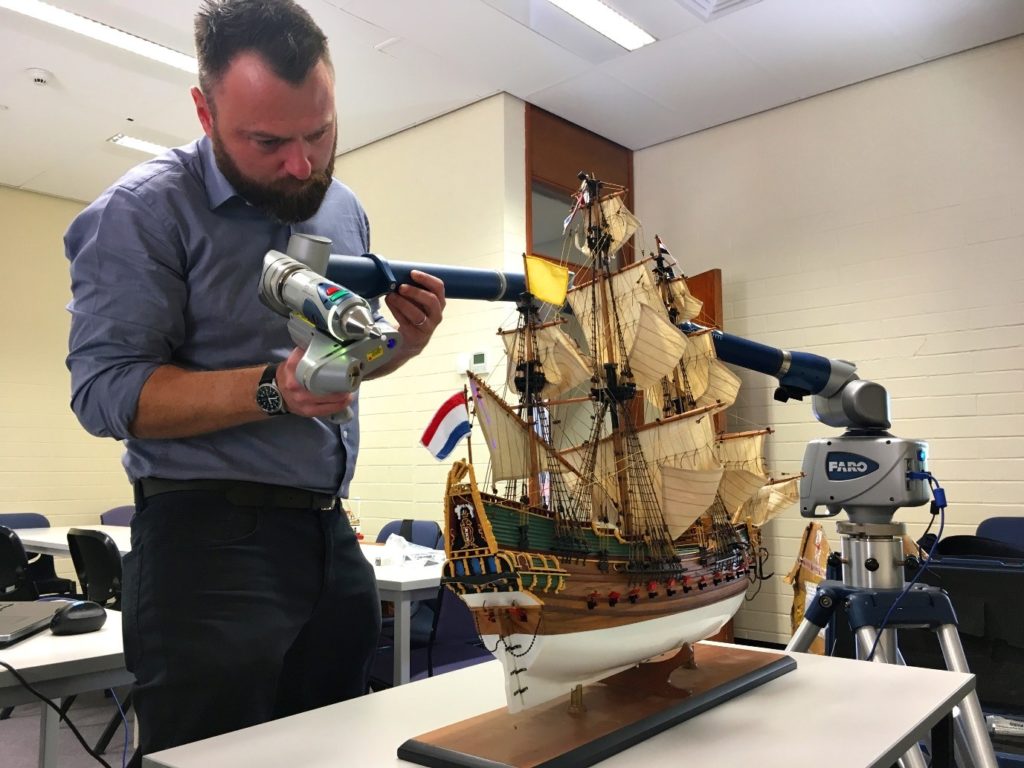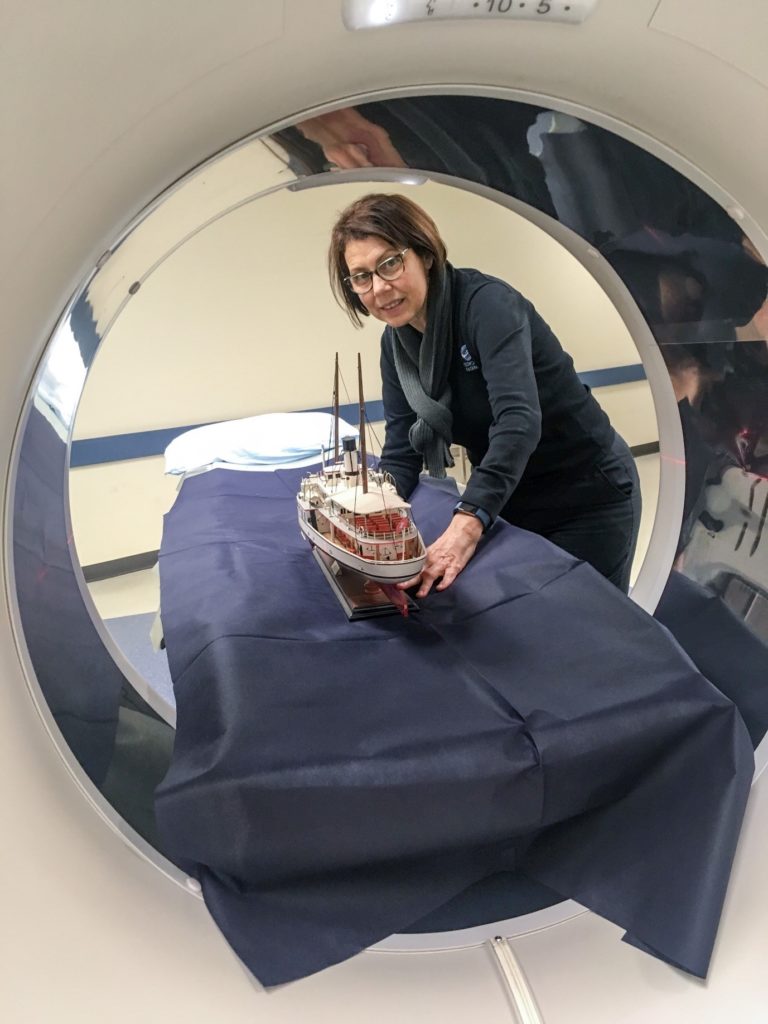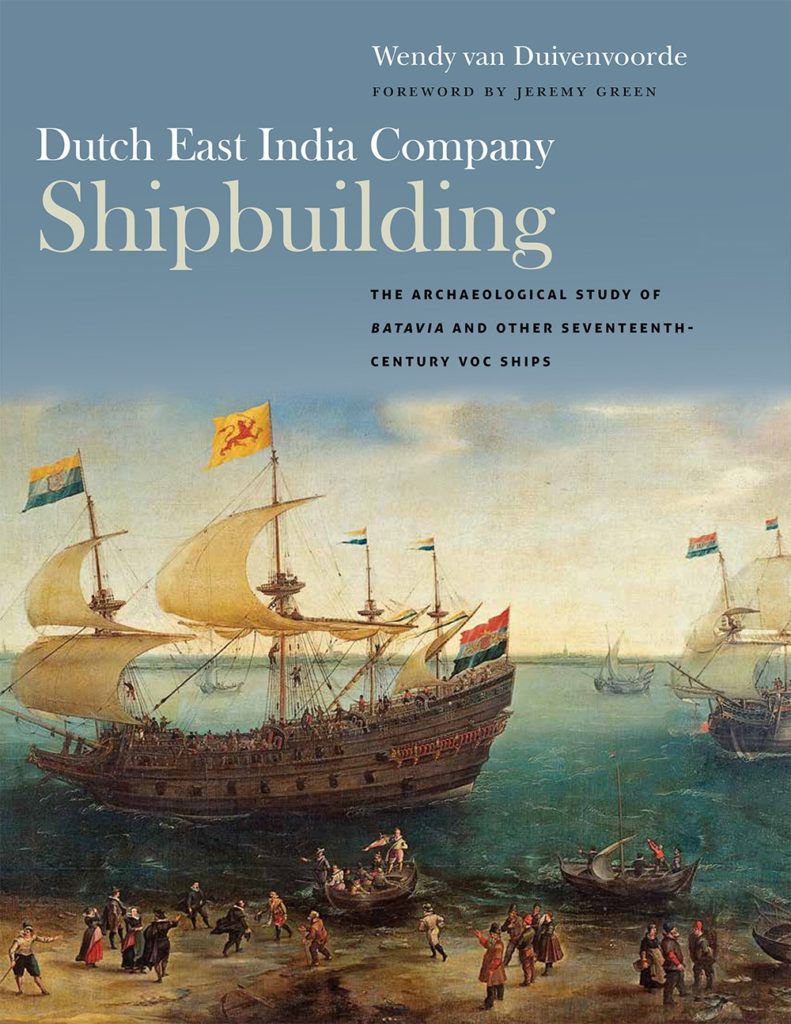
Maritime archaeologists from Flinders will use 3D scanning to map in fine detail some of the last remaining 17th and 18th century scale model ships in the Netherlands.
The ‘Ship Shapes’ project, has the potential to shed light on some of the most famous Dutch shipwrecks, including the Batavia, the Vergulde Draak, the Zuiddorp, the Zeewijk and at least three others believed lost in Australian waters.
Funded by the Embassy of the Kingdom of the Netherlands in Canberra, the program has the support of several museums, including the Rijksmuseum and the Scheepvaartmuseum in Amsterdam, as well as the Dutch Cultural Heritage Agency and leading Dutch ship expert Ab Hoving.
Flinders researchers John McCarthy and Associate Professor Wendy van Duivenvoorde will apply innovative techniques of 3D photogrammetry, laser and CT scanning to capture the highest possible level of detail for these intricate old models.
“Since their discovery in the 1960s and ‘70s, these shipwrecks have been studied intensively but there are still many gaps in our knowledge due to the fragmentary nature of the archaeological evidence,” says PhD candidate Mr McCarthy.
“Less than 20 contemporary models of these ships are known to survive globally, mostly held in Dutch museums.

“Our aim is to survey as many of these beautiful models as possible and to apply cutting-edge techniques to do so with maximum detail and precision.”
The scans will be used to create reconstructions and animations as well as 3D prints and even virtual reality simulations.
Mr McCarthy and Associate Professor van Duivenvoorde, who wrote Dutch East India Company Shipbuilding, an award-winning book on the archaeological evidence for these ships, say the ambitious program of 3D scanning of the historic ship models in the Netherlands will help to uncover more secrets from the past.
The book lists a total of 50 Dutch East India wrecks discovered around the world. However most of the remains have been destroyed by natural decay or through uncontrolled treasure hunting.
To help address this problem, analysis of the scale models will be undertaken to furnish more information on the design and decoration of ships.
“The models are also fascinating in their own right as objects of art and incredible craftsmanship, originating from the same artistic period that gave us Rembrandt and Vermeer,” Associate Professor van Duivenvoorde says.
“Each one was built for different reasons and has its own story to tell.”
The ships at the centre of this project are Dutch East India Company (or Vereenigde Oost-Indische Compagnie) return ships, large specialised vessels built to travel from Europe to the East Indies bearing cargoes of silver, returning laden with exotic spices.
These ships dominated trade in the Indian Ocean for much of the 17th and 18th centuries and it was Dutch ships that made the first European sighting of the Australian coast in 1606, some 150 years before James Cook.
During the next two centuries, the powerful trade winds carried some ships too far east, leading them to their doom off the treacherous reefs of the west coast of Australia.

The wrecks of these unfortunate ships now provide some of the earliest archaeological traces of European presence on the Australian continent and have been a major focus within Australian maritime archaeology.
Four have been found in Australian waters, including the Batavia (1629), the Vergulde Draak (1656), the Zuiddorp (1712) and the Zeewijk (1727) with three more known losses yet to be located.
The Netherlands and Australia have recently signed a major new agreement on joint management and research of shipwrecks, sunken relics and other underwater cultural heritage.
This Memorandum of Understanding builds on collaborations undertaken since 1972 and seeks to encourage more joint projects and sharing of skills and resources, in line with the UNESCO 2001 Convention on the Protection of the Underwater Cultural Heritage.
Dutch and Australian maritime archaeologists from the Western Australian Museum and Flinders University are currently undertaking fieldwork at the sites of the Dutch shipwrecks Zeewijk and Batavia as part of the ‘Shipwrecks of the Roaring ’40s’ project.


